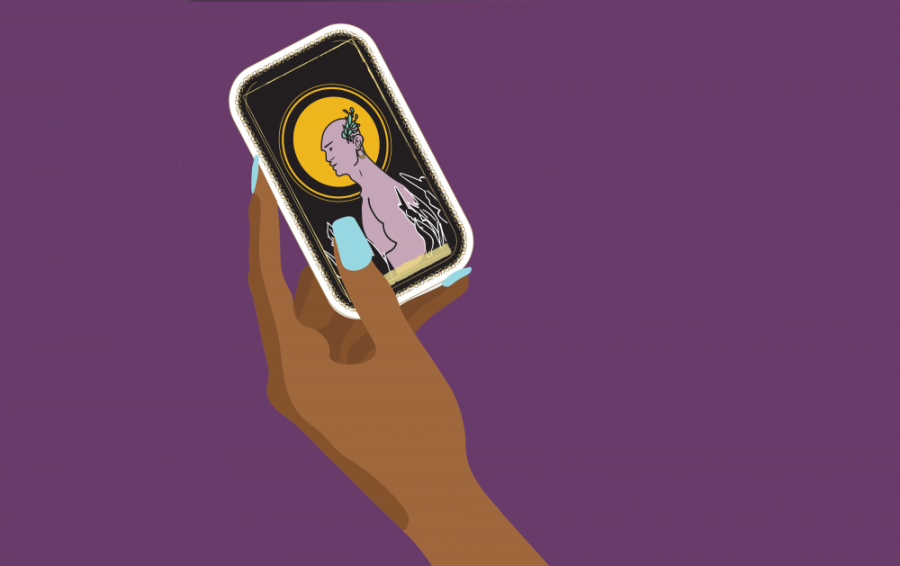When the word “tarot” comes to mind, it brings a lot of associations with it. Maybe it reminds you of that creepy “Ouija” movie you saw a couple years ago. Or perhaps an expensive deck of cards you once saw resting on one of those weird wooden tables at Anthropologie.
Tarot readers in the Twin Cities are trying to move away from the stereotypes associated with their work.
And, in the bid to get people interested in tarot, artists are working not only to make the practice more accessible to others, but to change the traditional cisgender, white and heterosexual tropes on classic decks that may keep potential clients away.
Lacey Prpic Hedtke is the owner of The Future, an artist residency, magical library and spiritual shop in south Minneapolis. Like many tarot readers, she takes pride in offering spiritual guidance and emotional healing through her practice. But she’s noticed some of the cards she uses aren’t necessarily representative of the clients she meets with.
“People other than white, cis and hetero people have always been around,” Prpic Hedtke said. “But I feel like now people are expecting it to be the norm that other people are represented. I think tarot cards are reflecting that, you know, we’re not all happy with this one representation of this very specific group of people.”
J. Ryan, a tarot reader and the owner of Queer Street Tarot, designed his own set of cards to serve this very purpose.
With three different decks, “Divine Feminine,” “Divine Masculine” and “Divine Spirit,” Ryan gives buyers the option to pick and choose what deck appeals to them the most. He makes a point of being racially diverse, and features queer and non-binary bodies in his cards as well.
By doing so, Ryan challenges what cards like “the lovers” or a “queen” mean in their traditional, gendered contexts. He promotes a build-your-own style tarot deck, hoping people can find cards they can relate to.
“I want people to not be combative when they come to the tarot,” Ryan said. “And I think [showing diversity] humanizes people in a way that hasn’t been done through traditional means.”
In their experience, Cassandra Snow, author of the book “Queering the Tarot” that comes out in May, said they’ve seen a shift in the tarot community. It’s become more inclusive, which ultimately lends itself to better representation.
“So much of my experience has been with healing from the tarot,” Snow said. “Tarot, like any spiritual tool, can be a really powerful tool for liberation and empowerment.”
This is especially true for Simi Kang, who uses tarot as a way to reclaim Asian-American narratives and identity.
Kang, a Ph.D. candidate in the gender, women and sexuality studies program at the University of Minnesota, worked with the Asian American Literary Review to develop and design a set of tarot cards that specifically addresses mental health in the Asian-American community.
She has used the deck as a teaching tool in some of her classes and emphasizes the importance of being able to intervene in the storytelling and conversations in her own community.
“A lot of us, through colonialism, have been disallowed from practicing our magic. Disallowed from practicing our faith. Disallowed from using our languages and our stories,” Kang said. “And so, having such an acceptable media that more and more people are coming to use and understand and engage with, [one] that is specifically centered on Asian-American stories, is actually incredibly enormous.”








